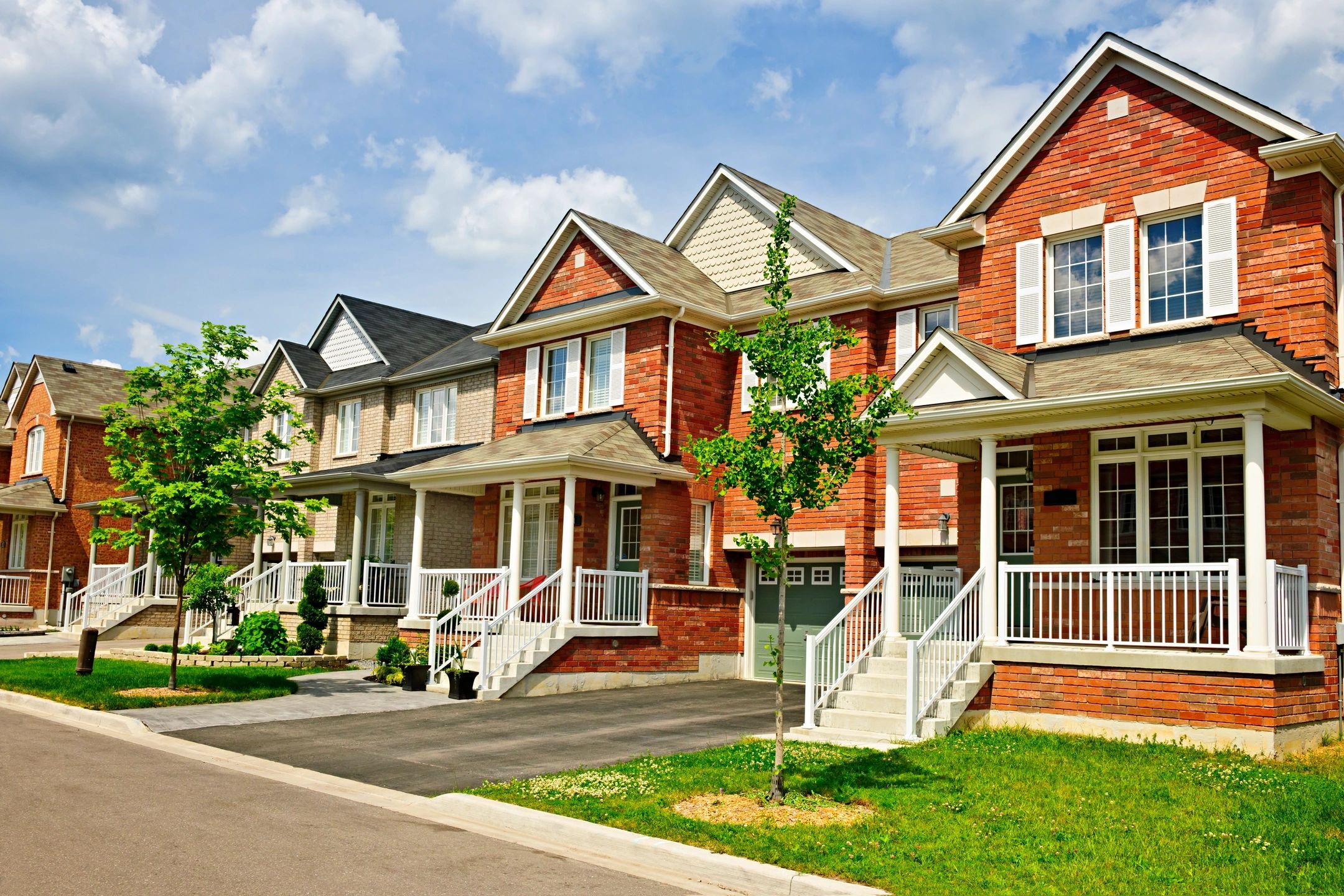
7 Tips to Keep Your House Cool Without Air Conditioning
Keeping your home cool during the scorching summer months can be a challenge, especially without the aid of air conditioning. However, with a few clever strategies, you can maintain a comfortable indoor environment and even save on energy costs. Below, we provide seven effective tips to keep your house cool without air conditioning. These tips are not only practical but also environmentally friendly.
1. Optimize Natural Ventilation
Utilize Cross Ventilation
Cross ventilation is one of the most effective ways to keep your house cool. By strategically opening windows on opposite sides of your home, you create a natural airflow that helps to cool down your living space. Ensure that windows and doors are aligned to facilitate the flow of air. Additionally, keep interior doors open to allow the breeze to circulate freely throughout your home.
Night Ventilation
Take advantage of cooler nighttime temperatures by opening windows before you go to bed. This allows fresh, cool air to replace the warm air that has accumulated during the day. Close windows and blinds in the morning to trap the cool air inside and keep the heat out.
2. Block Out the Sun
Use Reflective Window Film
Applying reflective window film to your windows can significantly reduce heat gain by reflecting sunlight away from your home. This inexpensive solution can block up to 80% of solar heat, helping to maintain a cooler indoor temperature.
Install Blinds and Curtains
Thick, light-colored curtains and blinds can act as a barrier against the sun’s heat. Close curtains during the hottest parts of the day to prevent heat from entering your home. Consider using blackout curtains, which are designed to block out sunlight more effectively.
3. Insulate Your Home
Seal Gaps and Cracks
Inspect your home for any gaps or cracks around windows, doors, and walls. Seal these openings with weatherstripping or caulk to prevent hot air from entering and cool air from escaping. Proper insulation can make a significant difference in maintaining a consistent indoor temperature.
Add Insulation to Attics and Walls
Adding insulation to your attic and walls can help keep your home cooler by reducing the amount of heat that penetrates your living space. Consider using reflective or radiant barrier insulation, which is specifically designed to reflect heat away from your home.
4. Utilize Fans Effectively
Ceiling Fans
Ceiling fans can help circulate air and create a cooling effect. Set your ceiling fans to rotate counterclockwise during the summer months. This setting pushes air downward, creating a wind-chill effect that makes the room feel cooler.
Portable Fans
Strategically place portable fans in key areas of your home to enhance airflow. Position fans near windows to draw in cool air or expel warm air. You can also create a cross-breeze by placing fans in front of open windows on opposite sides of the room.
5. Optimize Your Landscaping
Plant Shade Trees
Planting trees and shrubs around your home can provide natural shade and reduce heat gain. Choose deciduous trees, which provide shade in the summer and allow sunlight to warm your home in the winter after they shed their leaves.
Install Green Roofs and Walls
Green roofs and walls are covered with vegetation, which can help to insulate your home and reduce heat absorption. These eco-friendly solutions not only cool your home but also improve air quality and reduce your carbon footprint.
6. Use Energy-Efficient Appliances
Upgrade to Energy-Efficient Appliances
Older appliances can generate a significant amount of heat. Upgrade to energy-efficient models that produce less heat and consume less energy. Look for appliances with the ENERGY STAR label, which indicates that they meet strict energy efficiency guidelines.
Minimize Heat-Generating Activities
Limit activities that generate heat, such as cooking, baking, and using the oven, especially during the hottest parts of the day. Opt for no-cook meals, use a microwave, or cook outside on a grill to keep your home cool.
7. Implement Passive Cooling Techniques
Use Light-Colored Roofing Materials
Light-colored roofing materials reflect more sunlight and absorb less heat than dark-colored materials. Consider installing a cool roof, which is designed to reflect more sunlight and absorb less heat, keeping your home cooler.
Create a Cool Roof Pond
A cool roof pond is a shallow pool of water placed on a flat roof. The water absorbs heat during the day and releases it at night, helping to regulate your home’s temperature. This technique can be particularly effective in hot, dry climates.
Install Shade Sails and Awnings
Shade sails and awnings can provide additional shade to your home’s exterior, reducing heat gain through windows and walls. Install these structures over patios, windows, and doors to create a cooler outdoor living space and prevent heat from entering your home.
Conclusion
Keeping your house cool without air conditioning is entirely possible with a combination of strategic planning and practical solutions. By optimizing natural ventilation, blocking out the sun, insulating your home, using fans effectively, optimizing your landscaping, utilizing energy-efficient appliances, and implementing passive cooling techniques, you can maintain a comfortable indoor environment while reducing energy consumption and costs.
For more detailed tips and strategies on enhancing your home’s comfort and efficiency, feel free to explore our resources.




